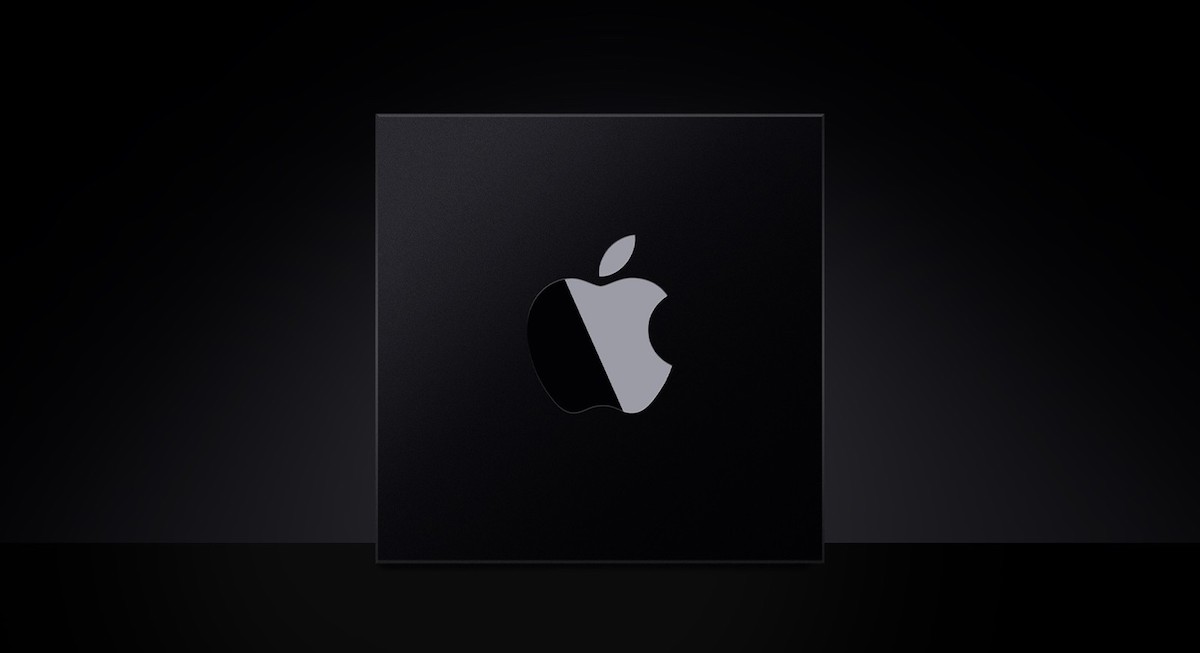After the successful introduction of its M1 chip, the Cupertino giant is working on new custom Apple Silicon chips for its higher-end products like 16-inch MacBook Pro, iMac, and Mac Pro. These chips will not only have a higher core count than the current generation M1 chip, but they will also be much faster and expected to outperform Nvidia and AMD’s graphics cards by 2022.
As per a new report by the ever-reliable Mark Gurman at Bloomberg, Apple is working on multiple M1 chip successors. This is something that was also revealed many months ago in a prior Bloomberg report, which said that Apple is working on 12-core chips as well. Apple also confirmed that it is working on a family of Silicon, which goes hand-in-hand with the company’s plan to convert all its Macs to custom chips in 2 years.

Apple Silicon Future: 20-core MacBook Pro and iMac in 2021, 32-core Mac Pro in 2022
The new Apple Silicon chips will ship with the high-end 13-inch MacBook Pro, 16-inch MacBook Pro, iMac, and Mac Pro. The report does not mention an upgraded iMac Pro which could signal towards the potential end of the line for the system. Unless Apple launches a cheaper Mac Pro, we have no doubt that the iMac Pro will get the M-chip treatment.
Gurman reports that the next two Apple Silicon chips are “more ambitious” than what industry watchers can predict right now. This could point to something really powerful, as the M1-chip has already blown away critics and proven to be a lot more than expected, in terms of performance and efficiency.
In 2021, Apple will launch its new MacBook Pro models and iMac desktops with 16-high performance and 4-high efficiency M-series chips (M1X?), while a new smaller Mac Pro, half the size of the current one, will launch in 2022, with 32 high-performance cores.
Nvidia and AMD should also be concerned that Apple is already working on new powerful graphic cores for its future Macs. Currently, the M1-chip only features 7-core or 8-core versions, however, future Macs will have more powerful graphics, with 16-core and 32-core variants. In 2022, Apple is working on graphics units with 64 and 128 dedicated cores, which will likely beat what Nvidia and AMD can currently offer, while using lesser power.
By 2022, Apple is expecting to jump to the 3nm node for its chips with TSMC, which will further enhance the performance and efficiency of its chips. It is clear that Apple has plans to move beyond Intel as its processor supplier, which would impact almost 10% of Intel’s revenue. But Apple’s x86 future also hints towards an AMD-free future, where it utilizes its own graphics. Perhaps that is the reason why M1 Macs do not work with external GPUs.
Bloomberg’s report also says that the M1-chip will also be used for the next iPad Pro which will launch in 2021. It will be interesting to see how Apple positions that iPad Pro as currently, it does not seem like a good purchase unless someone needs to draw. The MacBook Air easily beats it at $999 as it features a keyboard and trackpad, which have to be purchased separately with iPad Pro and add considerably to its total cost.
Read More:
- M1 vs AMD – MacBook Pro vs Asus Zephyrus G14 show which one is better
- How hot can the fanless M1 MacBook Air get? – Thermal testing with gaming, 4K monitors, and rendering
- Apple’s M1 chip runs Windows 10 2x faster virtually than Surface Pro X runs it natively
- M1 MacBook Air can render 8K footage without slowing down from heat under the Australian sun
- M1 MacBook Air outperforms Intel’s 11th gen Tiger Lake processor in Geekbench benchmarks
- M1 MacBook Air vs M1 MacBook Pro – which one should you get?
- MacBook Air with M1 chip outperforms 16-inch MacBook Pro in Geekbench benchmarks
- iPad Pro with A12z chip vs. MacBook Air with M1 chip – performance, battery, display comparison
- $899 M1 Mac mini vs $2,549 iMac 5K – the smaller Mac holds its own in many tests